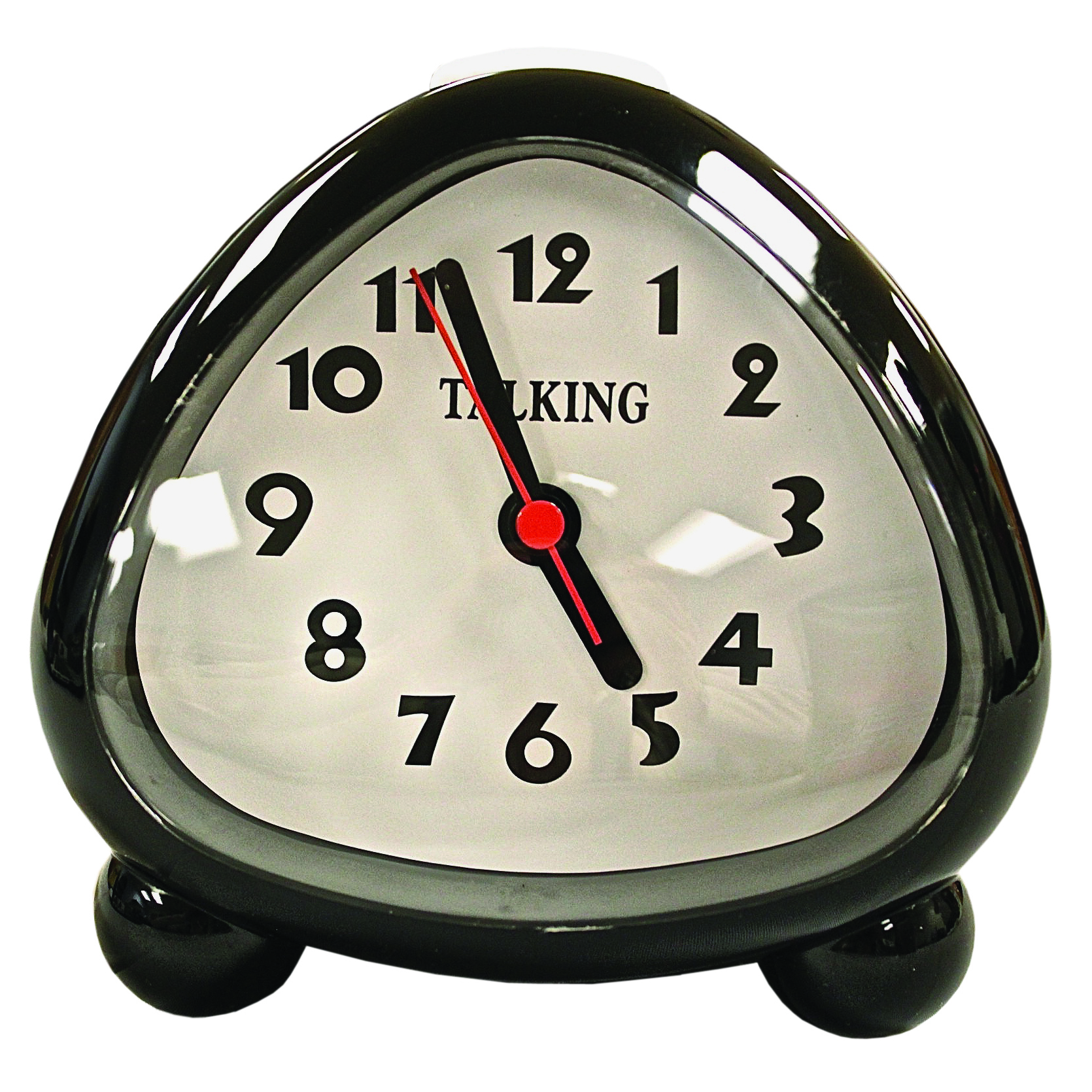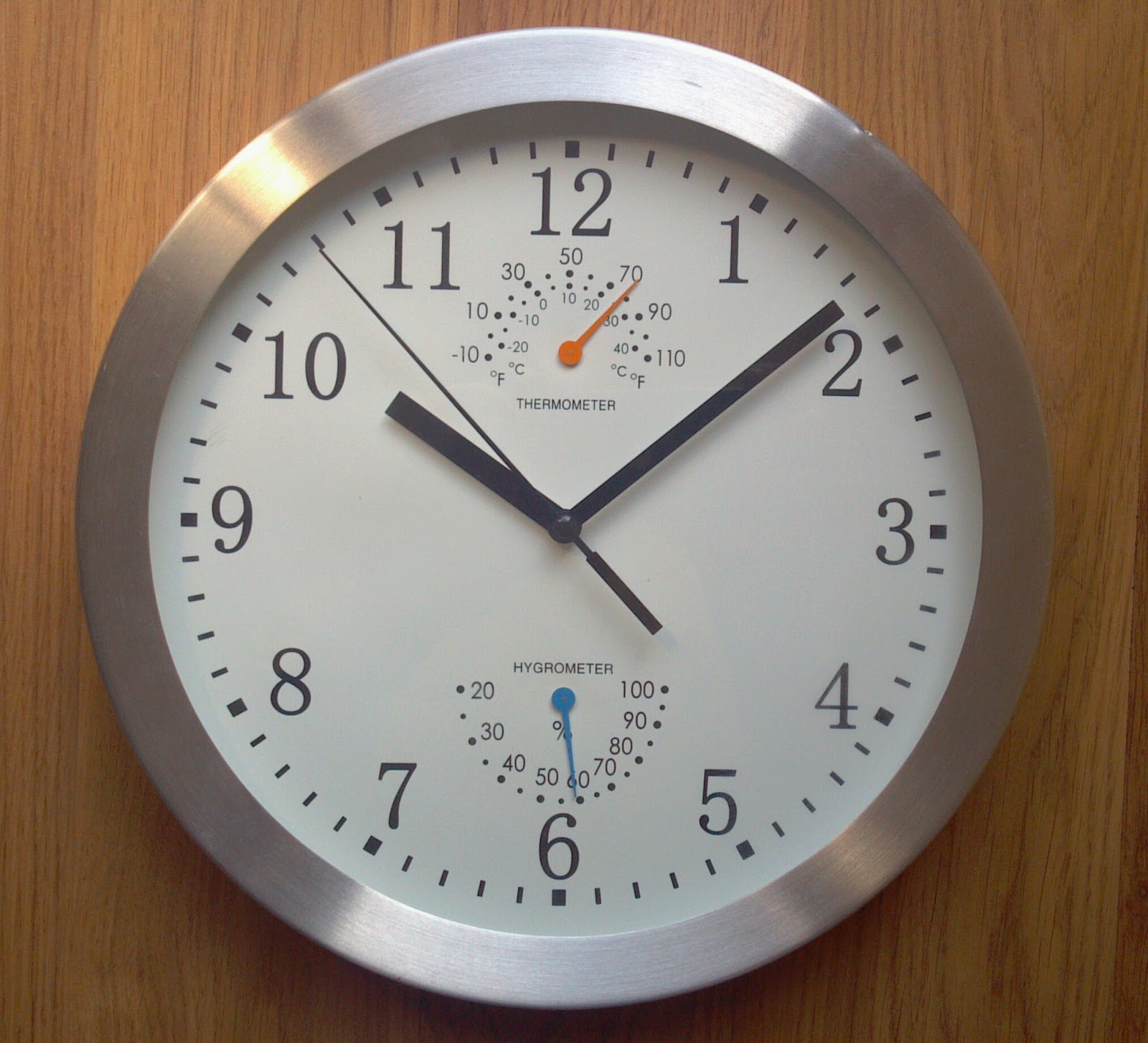

What Does 12:30 Look Like On An Analog Clock? That is why this type of clock is called an analog clock. In the case of a clock, each of the three hands can point any direction. That means that the hour, the minute, and the second hand can point to every numerical value that exists between 0 and 60. An example of an analog quantity is time.

Let’s consider if the minute hand is pointing between 4 and 5.Say it is in the 2nd segment after 4.
#Analog clocks how to
We should also know how to read the time when the minute hand points out one of the tiny lines between the sections. Now we can read the time by considering the position of both hands. In the clock given below, the hour hand is between 2 and 3 so it is for 2 hours. Here is the table which helps you in referring minutes. Minutes can be calculated by multiplying the number by 5. The big hand indicates the minute, so in whichever number the big hand is pointing, with that number, we can calculate the minute. We saw that the clock has two hands, big and small. Let us see the different ways of reading time. For example, 5 a.m is early in the morning, and 5 p.m is late in the afternoon 1 a.m is one hour after midnight, while 11 p.m is one hour before midnight. The evening is defined as p.m, the time afternoon, from the middle of the day, until the middle of the night. How will we denote morning and evening while telling the time? Morning is defined as a.m, the time before noon, i.e.
#Analog clocks full
The full form of a.m is Ante meridiem and p.m is Post meridiem. It indicates minutes. So the time is 2 hours 50 minutes. In the clock given below, the small hand is pointing at the number 2 so the hour is 2.

the number which the small arm points at determines that particular hour. For example: If the small arm is at number 4, it is a period between 4 am and 5 am or 4 pm and 5 pm. The small hand is the hour hand and the hand bigger than the hour hand is the minute hand, and the hand that moves relatively quicker than the other two hands is the second hand or sweep. There are three hands in a clock, the hour hand, the minute hand, and the second hand. One is skip counting in 5 and another one is taking multiples of 5. Mathematically, we can visualize it in two ways. Some clocks have tiny lines running along their boundaries dividing these segments. The sections between consecutive numbers like 1-2, 4-5, etc. If you follow the numbers, going right they will move from 1 to 12. To the right of the number 12, we can see 1. On top of the clock, we can see the number 12. How does a Clock divide? A clock is divided into 12 sections.

Analog clocks are divided around a circle and reading the minute and hour hand individually helps us to tell the time. We can master reading analog clocks with minutes and hour hands with very little time and effort.


 0 kommentar(er)
0 kommentar(er)
